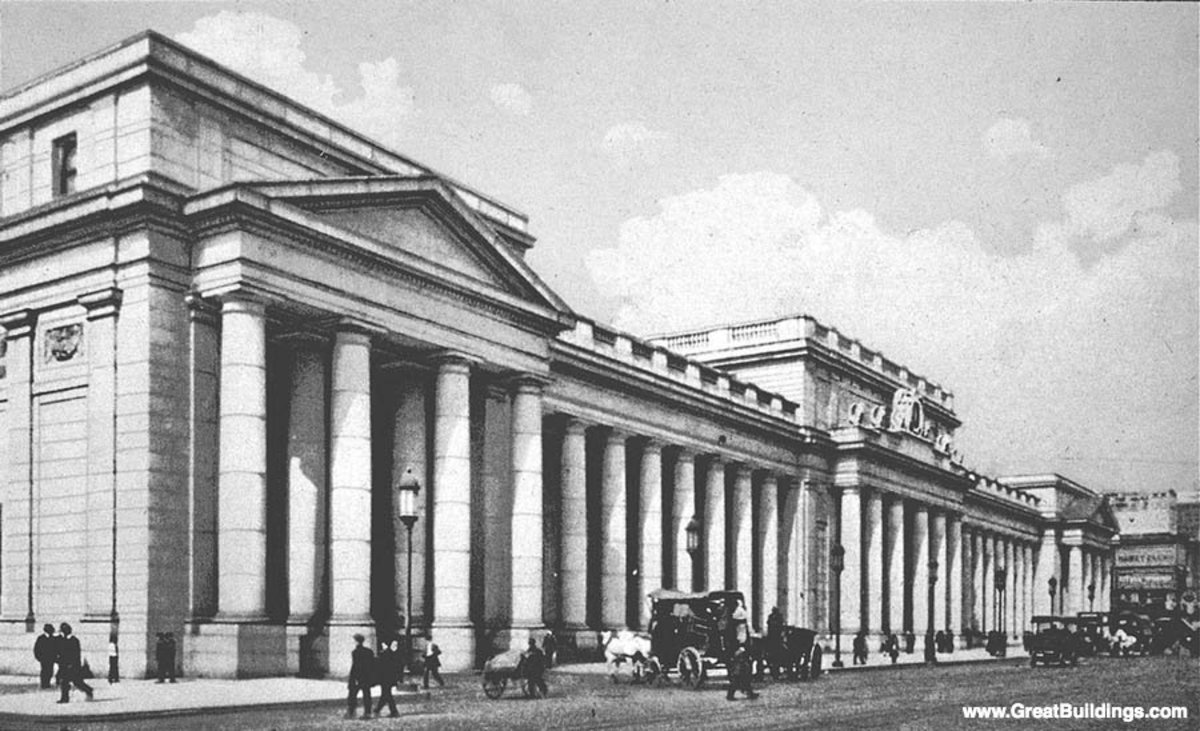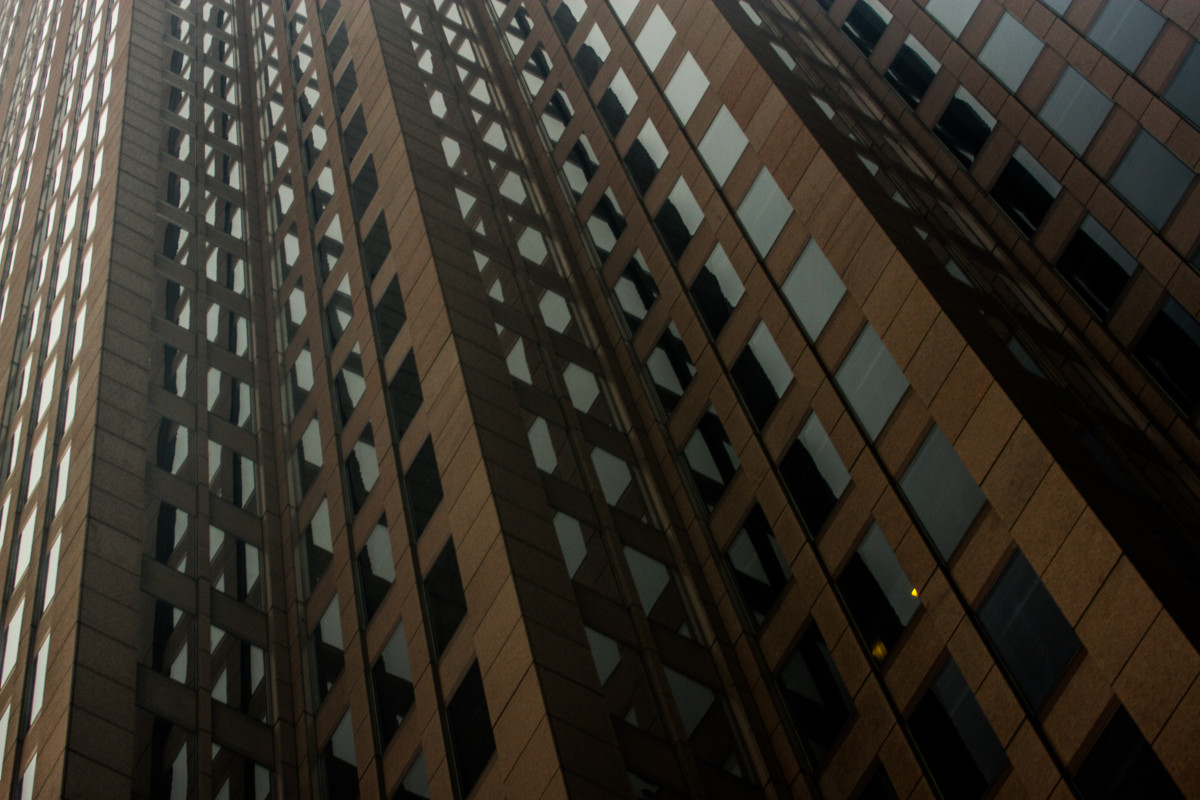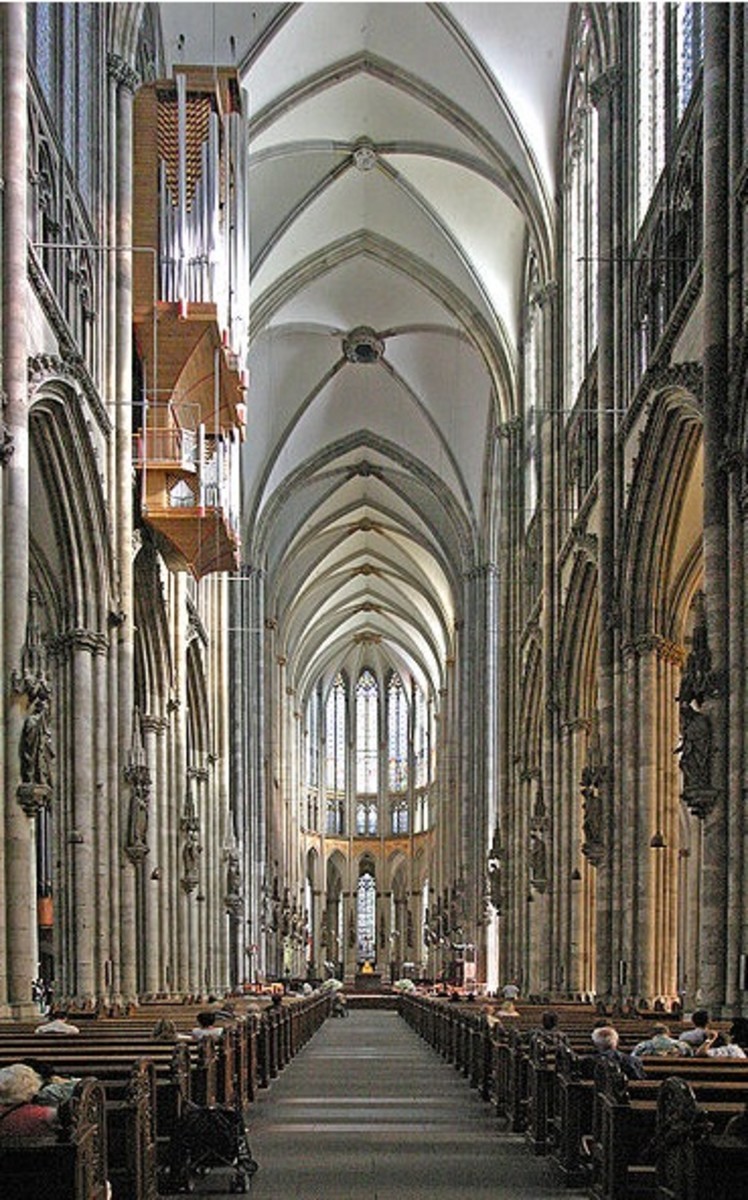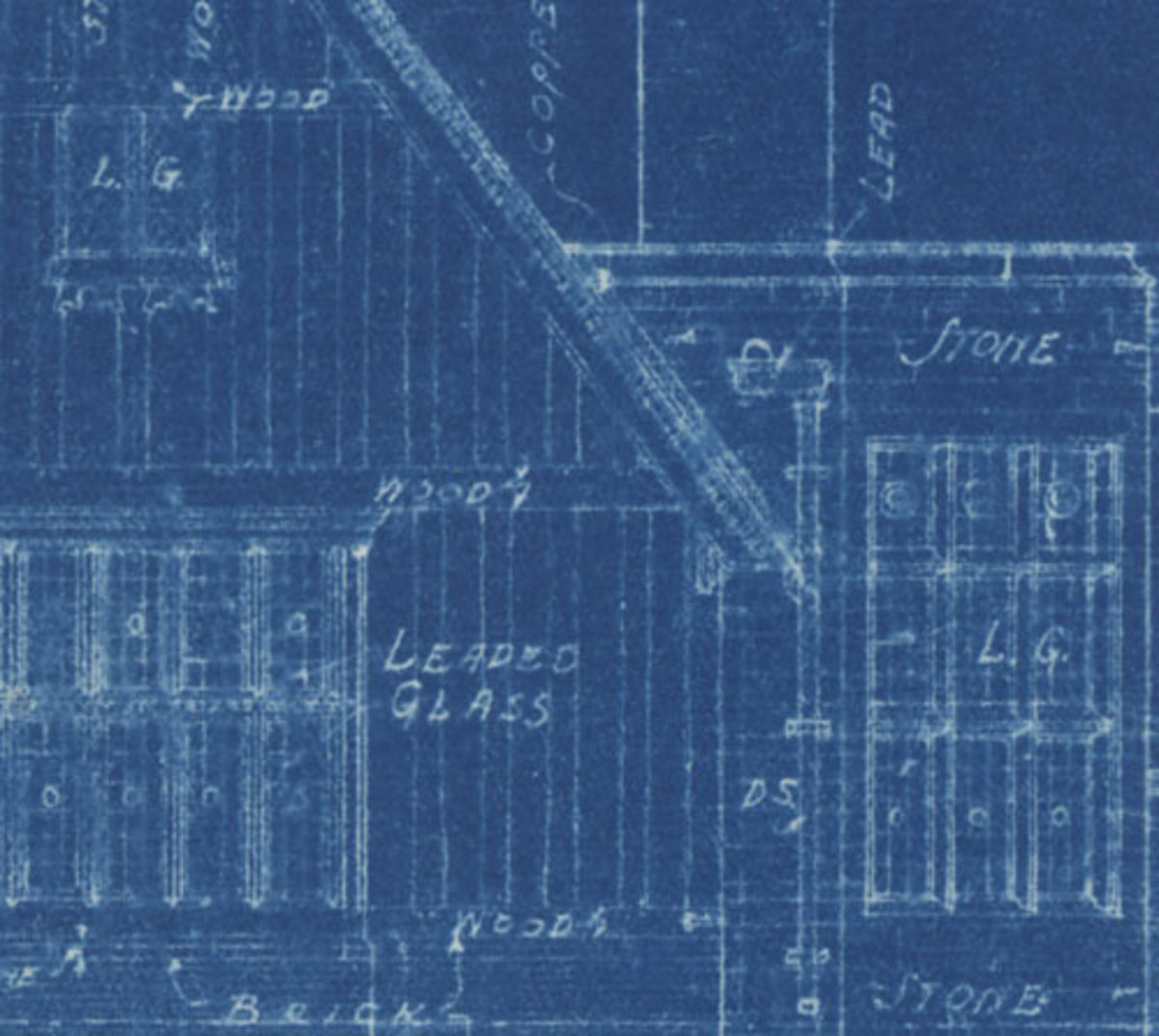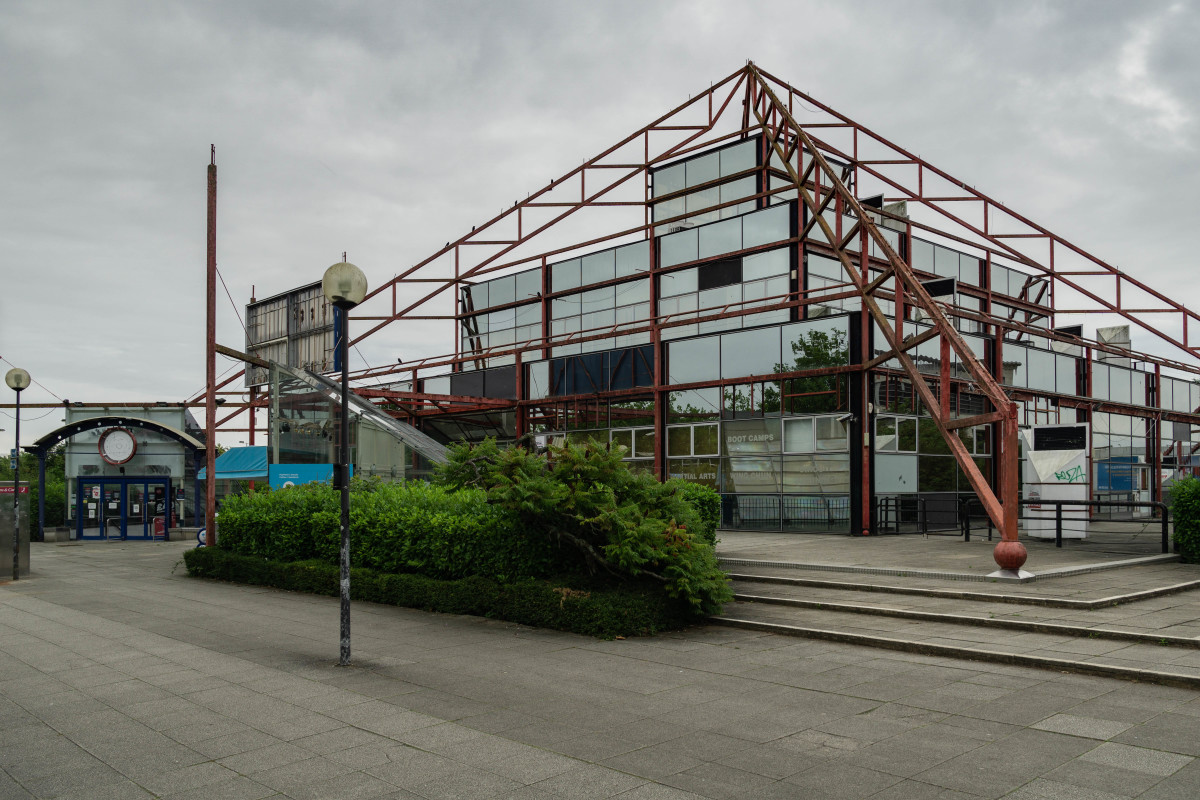Senseless Architecture
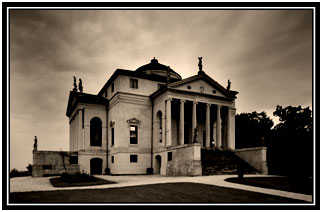
Lay upon a humble ground that spreads its green amongst the vast valleys, is the incredible white structure which has long amazed the world with its simple arrangement & complex form. The feeling you get once you enter is one which words cannot describe. This is not a mere villa which will stand to be overlooked; this is one which will always be noticed when you pass. It is not one with swooshing forms or exciting colors; in contrary it is very simple, elegant and “Meaningful”. Its spaces speak a uniform language, and its beauty derives from the connection that passes between the sound of the wind blowing by its beautiful flowers of spring and the repeated steps on its paved surroundings. Its’ grounds induce us to settle, its’ flowers induce us to smell, its’ textures and walls push us towards them as our hands reach to feel them. Then as our curious eyes rise we see the windows laying restless to the dazzling picturesque of the rising sun, and its simple white façade hides in the background of the wrapping clouds…What a feeling it is! This is but an example of Andrea Palladio’s works, though it has historical and holistic backgrounds it is not that which makes this villa a success.
My vision of sensual architecture is not one which is associated to historical or holistic buildings; but it is only to say that true sensible architecture is derived from the harmonious relationship that is created among the parts together not among the parts themselves. So what makes architecture senseless and what makes it sensible? What is the importance of understanding sensible architecture and what are the qualities which produce it? To produce sensible architecture means that we are designing not merely for the forms that uphold it but for the people who occupy it; In other words understanding the needs of the people and responding to them. As Mathew said, “It is to produce spaces that are deeply memorable for their architectural and experiential qualities”.[i] On the other hand senseless architecture is when we begin to produce buildings which do not communicate to their occupants and lack the sense of “feeling”; it is when the places we go to no longer create memories and seize to create any experiential qualities.
Some may argue and say that Architecture is not something that really effects our lives daily; so why this attention in making it Sensible? The reason to that I would say is that though most of today’s architecture passes unnoticed; it is the times when we feel the most vulnerable that we begin to notice it. A chair is no longer pieces of wood jammed together, but a shoulder to lean on. A room in the attic holding a bed and two chairs is no longer a static place to be in but is an up-lifter to a little girl let crying over the lost life she has never yet experienced. The textures matter too here, the creamy white color is like flowers to her & the illumination passing through the window is like a ticket to the life she dreamed of. What would have happened we ask ourselves, if we placed that little girl under a different roof & in the same circumstances? The outcome would be different. If the creamy walls were replaced by dull gray colors it might have deepened her depression and caused her to lose any faith in her surroundings. If it were a plain ground of cement she were sitting on she would have fled of the ground and searched for any other source of comfort where she actually could find a ground which grasps her in its palms, or a space which would spread its feathers in response to her fears, and she would seek a background which would silently hide itself amongst all those troubles she is encountering.
A space is also sensible to us in the times of joy. Where we playfully jump around its grounds feeling that along our movements the walls and grounds dance along with us and among the very steps we take we feel that with every step there lays a story to be told. But at the end of all of this I come to ask myself a question: Will architecture always be there to uplift our moods or will it come to a point where it seizes to communicate? Is architecture meant to be built for function or are there any other psychological reasons for it? If so then why are we ignorant about it? Why when approaching a design project our outlook is merely about the function, location and climatic issues? There are but a few architects whom consider the social aspects of buildings and with the rise of modernism our buildings tend to take the emphasis of form more into consideration than anything else.
At the end I can only say that our senses have betrayed us; we are no longer trained to see beyond seeing. If our lives were governed by what we feel rather than what we see, then wouldn’t we all be experiencing life differently? Wouldn’t architecture evolve a different meaning to us and the world? Whatever the purpose of architecture is (as many of them as there are); we must acknowledge at the end that we will never come to find the true meaning of architecture. It changes almost every year; with the rise of new generations and technologies which have not only made life a lot easier, but un-intently created people who no longer see beyond what is on the screen. & as long as there are philosophers and theoreticians as much as there are architects, there will always be new ideas, theories and possible adaption’s to everything unusual in this world. But I only wonder when these theories will come to practice? If our architecture hadn’t taken this form and underestimation I wonder if half the problems we encounter in life today would exist.
[i] Goldberger, Paul. Why Architecture Matters, 2009



